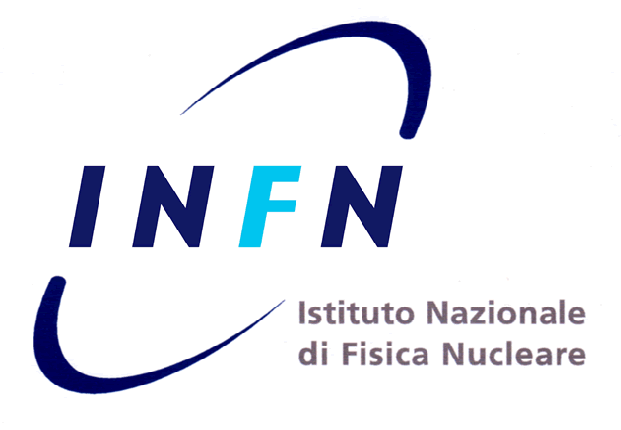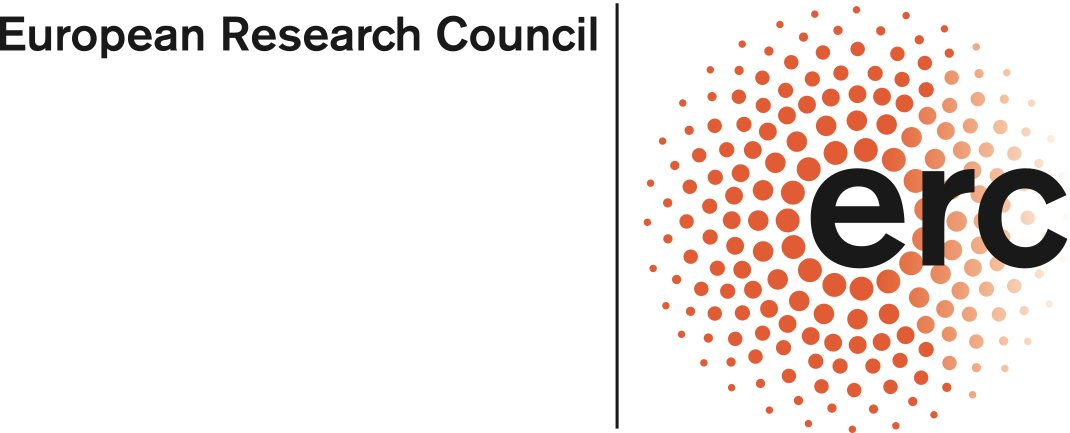 |
The Electron Capture Decay of 163Ho to Measure the
Electron Neutrino Mass with sub-eV sensitivity - HOLMES
European Research Council (ERC) Advanced Grant n. 340321 - HOLMES
Principal Investigator: Prof. S. Ragazzi
February 1st, 2014 - January 31st, 2020
Host Institution: INFN
Additional beneficiary: Università di Milano-Bicocca (Scientific Coordinator A. Nucciotti)
|
The HOLMES experiment is aimed at directly measuring the electron neutrino mass using the electron capture (EC) decay of 163Ho. The official HOLMES webpage is here!
A measurement fixing the value of the absolute neutrino mass represents a major breakthrough with profound consequences in particle physics and cosmology. In fact, due to their abundance as big-bang relics, massive neutrinos strongly affect the large-scale structure and dynamics of the universe. In addition, the knowledge of the scale of neutrino masses, together with their hierarchy pattern, is invaluable to clarify the origin of fermion masses beyond the Higgs mechanism.
The innovation of
HOLMES lies in the calorimetric measurement of the energy released in the decay of
163Ho. This allows to measure all the atomic de-excitation energy, except the fraction carried away by the neutrino. A finite neutrino mass mν causes a deformation of the energy spectrum which is truncated at
Q-
mν, where Q is the EC transition energy. The sensitivity depends on
Q - the lower the
Q, the higher the sensitivity - and
163Ho is an ideal isotope with a
Q around 2.5keV. The
direct mass measurement exploits only energy and momentum conservation and is therefore completely model-independent. At the same time, the calorimetric measurement eliminates systematic uncertainties arising from the use of external beta sources, as in experiments with beta spectrometers, and minimizes the effect of the atomic de-excitation process uncertainties.

HOLMES will deploy a large array of
low temperature microcalorimeters with implanted
163Ho nuclei. The resulting mass sensitivity will be as low as 0.4eV.
HOLMES will be an important step forward in the direct neutrino mass measurement with a calorimetric approach as an alternative to spectrometry. It will also establish the potential of this approach to extend the sensitivity down to 0.1eV.
The cutting edge detection techniques developed for
HOLMES will also have an impact in many frontier fields like astrophysics, material analysis, nuclear safety and diagnostic, archaeometry, and quantum communication.
Diploma thesis, PhD thesis and
Post-doc grants are available on many HOLMES topics.
Bibliography
- A. de Rújula and M. Lusignoli, "Calorimetric measurements of 163-Holmium decay as tools to determine the electron neutrino mass", Phys. Lett. B., vol. 118, issue 4-9, pp. 429–434 (1982). DOI
- A. Nucciotti, "Statistical sensitivity of 163-Ho electron capture neutrino mass experiments", Eur. Phys. J. C 74, 3161 (2014). arXiv:1405.5060, DOI
- B. Alpert et al., "HOLMES - The Electron Capture Decay of 163Ho to Measure the Electron Neutrino Mass with sub-eV sensitivity", Eur. Phys. J. C 75, 112 (2015). arXiv:1412.5060, DOI
- A. Nucciotti et al., "The Use of Low Temperature Detectors for Direct Measurements of the Mass of the Electron Neutrino", Advances in High Energy Physics, 2016, 915304. arXiv:1511.00968, DOI
HOLMES project is funded by ERC Advanced Grant n. 340321 - HOLMES




